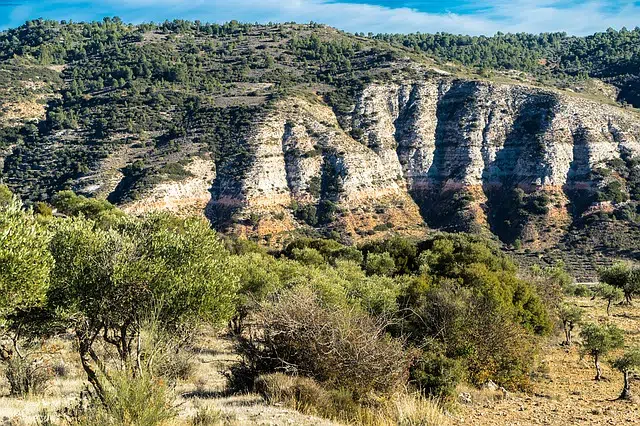
Orography is the branch of physical geography that is responsible for describing mountains.
Before proceeding to determine the meaning of the word orography , it is necessary to clarify its etymological origin. In this sense, we would have to state that it is a word that comes from Greek, since it is made up of three elements of said language:
• The noun «oros», which can be translated as «mountain».
• The verb «graphein», which is synonymous with «record».
• The suffix «-ia», which serves to indicate «quality».
What is orography
Orography is the part of physical geography that is dedicated to the description of mountains . Through its cartographic representations ( maps ), it is possible to visualize and study the relief of a region .
Orographic studies are important in the planning of various infrastructure works. When extending railway tracks or laying out a new road, it is essential to know the orographic characteristics of the terrain to adapt to the climbs, slopes, etc.
Agriculture and mining also appeal to orography, since the analysis of the relief helps to know the characteristics of the soil and subsoil. For correct use of these resources, therefore, orographic work is needed.
There are various organizations in different countries that are responsible for publishing all the data related to the orography of a specific place. Thus, for example, in Spain the entity assigned this task is the National Atlas of Spain, which provides information about the main mountain peaks, both current and historical records.

Mining is an activity that requires orography to access soil and subsoil information.
A set of elevations
The notion of orography is used, on the other hand, to name the set of elevations that exist in a particular region. For example: "The orography of Nepal is very important" , "We live in a city with poor orography, almost without undulations" , "If you want to practice mountaineering, you have to know the orography of the destination you visit" , "When they told me about "the orography of this country, I never thought I would encounter such a magnificent landscape."
It can be said that the orography affects the climate of each territory. Mountains influence precipitation since the upward movement of the air (unavoidable when it hits the orographic obstacle represented by the mountain) generates condensation. This same characteristic causes greater cloudiness to be recorded. Mountain peaks, on the other hand, also accelerate the speed of the winds.
In this sense, we can say, therefore, that the orography influences both the amount of precipitation and the cloudiness and even the gusts of wind that can be recorded in a specific place. In this last aspect, it must be emphasized that we can even say that there are two types of slopes depending on it: the leeward slopes, which are those that are behind the prevailing winds, and the windward ones, which are those belonging to mountain ranges or mountains on which the aforementioned winds directly affect.
A curiosity about this is that the place in the world where the fastest winds have been recorded is in Mount Washington (New England), specifically up to 372 kilometers per hour.
